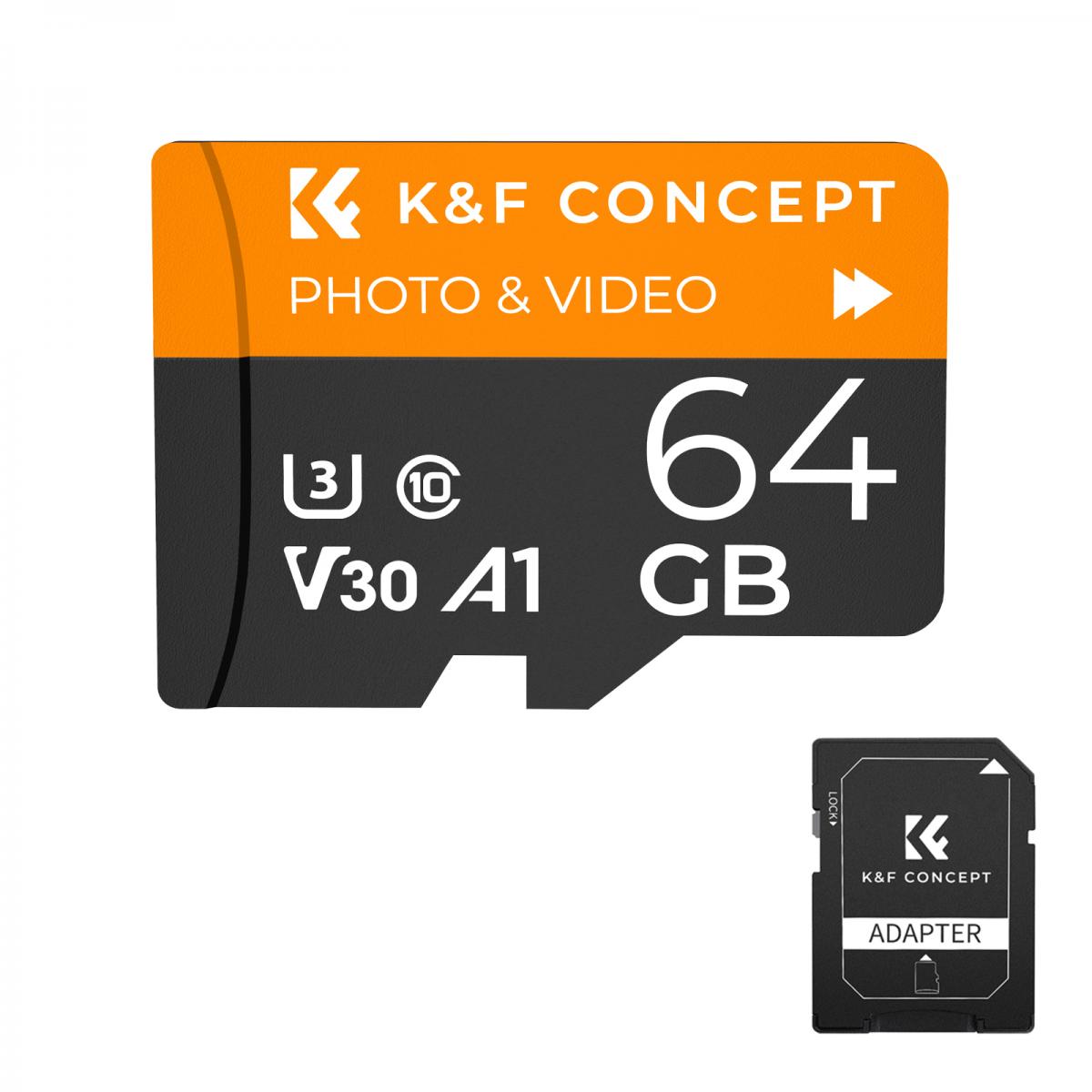How To Format Sd Card Camera?
Formatting an SD card for your camera is a crucial step to ensure optimal performance and longevity of the card. Whether you are a professional photographer or a casual user, understanding how to properly format your SD card can save you from potential data loss and improve the efficiency of your camera. In this article, we will delve into the step-by-step process of formatting an SD card, the reasons why it is important, and some best practices to follow.

Why Formatting an SD Card is Important
Before we get into the how-to, it’s essential to understand why formatting your SD card is necessary:
1. Clears Data Efficiently: Formatting an SD card removes all data, including hidden files that may not be deleted through simple file deletion. This ensures that the card is completely clean and ready for new data.
2. Prevents File System Errors: Over time, SD cards can develop file system errors due to improper ejection, power failures, or other issues. Formatting the card can correct these errors and prevent data corruption.
3. Optimizes Performance: Regularly formatting your SD card can help maintain its read/write speeds, ensuring that your camera operates smoothly.
4. Increases Longevity: Proper maintenance, including regular formatting, can extend the life of your SD card by preventing wear and tear on the storage cells.
Step-by-Step Guide to Formatting an SD Card
Step 1: Backup Your Data
Before you format your SD card, make sure to back up any important data. Formatting will erase all data on the card, so it’s crucial to save any photos, videos, or files you want to keep.
Step 2: Insert the SD Card into Your Camera
Insert the SD card into the designated slot in your camera. Ensure that the card is properly seated to avoid any read/write errors.
Step 3: Access the Camera’s Menu
Turn on your camera and navigate to the menu. The exact steps may vary depending on the make and model of your camera, but generally, you will find the formatting option under the settings or tools menu.
Step 4: Select the Format Option
Once you are in the settings menu, look for an option labeled “Format,” “Format Card,” or something similar. Select this option to proceed.
Step 5: Confirm the Format
Your camera will likely ask you to confirm that you want to format the SD card. This is a safety measure to prevent accidental data loss. Confirm that you want to proceed with the formatting.
Step 6: Wait for the Process to Complete
The formatting process should only take a few seconds. Once it is complete, your camera will notify you, and your SD card will be ready for use.
Best Practices for Formatting SD Cards
Format in the Camera
While it is possible to format an SD card using a computer, it is generally recommended to format the card in the camera you will be using it with. This ensures that the card is formatted in a way that is fully compatible with your camera’s file system.
Regular Formatting
Make it a habit to format your SD card regularly, especially if you use it frequently. This can help prevent file system errors and maintain optimal performance.
Use High-Quality SD Cards
Invest in high-quality SD cards from reputable brands. Cheap, low-quality cards are more prone to errors and data corruption, which can lead to lost photos and videos.
Avoid Overfilling the Card
Try not to fill your SD card to its maximum capacity. Leaving some free space can help maintain the card’s performance and reduce the risk of data corruption.
Eject Properly
Always eject your SD card properly from your camera and computer. Improper ejection can lead to file system errors and data corruption.
Troubleshooting Common Issues
Card Not Recognized
If your camera does not recognize the SD card, try the following steps:
- Remove and reinsert the card to ensure it is properly seated.
- Try the card in another device to see if it is recognized.
- If the card is still not recognized, it may be damaged and need to be replaced.
Formatting Errors
If you encounter errors while formatting the SD card, try the following:
- Format the card using a computer and then reformat it in the camera.
- Use a different SD card to see if the issue is with the card or the camera.
- Update your camera’s firmware to ensure compatibility with the SD card.
Data Recovery
If you accidentally format your SD card and need to recover data, there are software tools available that can help. However, the success of data recovery depends on whether new data has been written to the card since the format. It’s best to stop using the card immediately and use a reputable data recovery tool.
Formatting an SD card for your camera is a simple yet essential task that can help maintain the performance and longevity of your card. By following the steps outlined in this article and adhering to best practices, you can ensure that your SD card remains in optimal condition, reducing the risk of data loss and improving your overall photography experience. Remember to back up your data regularly, use high-quality cards, and format them in your camera to achieve the best results.

There are no comments for this blog.